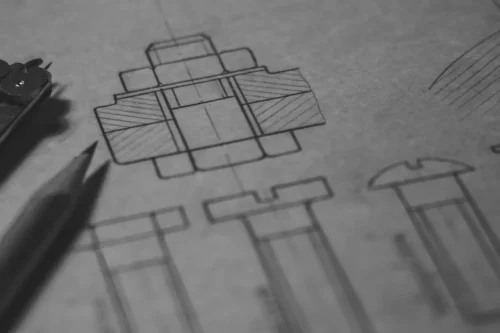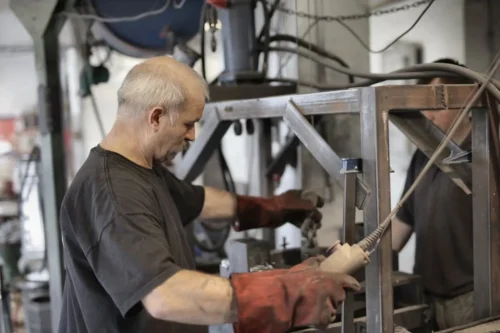What is Workflow Optimization in Manufacturing?
Workflow optimization in manufacturing is all about improving efficiency in how tasks are completed, reducing waste, and enhancing overall productivity. It involves analyzing and streamlining processes to ensure they are carried out smoothly and without unnecessary delays or bottlenecks. By focusing on workflow optimization, manufacturers can deliver products faster, reduce costs, and maintain high-quality standards. When implemented effectively, workflow optimization can lead to a more streamlined production process, allowing companies to meet customer demands more efficiently.

Importance of Workflow Optimization
Efficient workflow optimization is crucial in manufacturing as it helps enhance productivity and reduce waste. By streamlining processes and eliminating unnecessary steps, companies can save time and resources, ultimately leading to cost savings and improved output quality. Optimizing workflows also allows businesses to adapt quickly to changing market demands and stay competitive in the industry.
Manufacturing workflows often face common challenges that can impact efficiency and productivity. Some of these challenges include inefficient processes, bottlenecks in production lines, lack of standardized procedures, and poor communication between departments. Identifying and addressing these issues is essential for streamlining operations and maximizing output.
How advanced manufacturing technologies can reduce reworks
Advanced manufacturing technologies can help reduce reworks by improving precision and efficiency in the production process. These technologies can identify errors early on, allowing for quick adjustments to be made before products are completed. Additionally, automated systems can streamline production workflows, minimizing human errors that often lead to reworks. By integrating advanced manufacturing technologies into operations, companies can enhance productivity while decreasing the need for costly rework processes.
Common Challenges in Manufacturing Workflows
Manufacturing workflows often face common challenges that can impact efficiency and productivity. Some of these challenges include inefficient processes, bottlenecks in production lines, lack of standardized procedures, and poor communication between departments. Identifying and addressing these issues is essential for streamlining operations and maximizing output.
Efficient workflow optimization is crucial in manufacturing as it helps enhance productivity and reduce waste. By streamlining processes and eliminating unnecessary steps, companies can save time and resources, ultimately leading to cost savings and improved output quality. Optimizing workflows also allows businesses to adapt quickly to changing market demands and stay competitive in the industry.
Strategies for Improving Workflow Efficiency
In your manufacturing process, there are simple ways to make work smoother and quicker. Here are some strategies for improving workflow efficiency:
- Map out your current workflow to identify bottlenecks and areas for improvement.
- Implement lean principles to reduce waste and increase productivity.
- Standardize processes to ensure consistency and eliminate errors.
- Invest in technology to automate repetitive tasks and streamline operations

Training Employees for Workflow Optimization
Efficient workflow optimization is crucial in manufacturing as it helps enhance productivity and reduce waste. By streamlining processes and eliminating unnecessary steps, companies can save time and resources, ultimately leading to cost savings and improved output quality. Optimizing workflows also allows businesses to adapt quickly to changing market demands and stay competitive in the industry.
Take a look at your current workflow and identify any bottlenecks or inefficiencies that may be slowing down production. One way to do this is by mapping out your current processes visually. Gather feedback from employees who are directly involved in the workflow, as they may have insights on areas that need improvement. Analyze the data you have collected to pinpoint specific areas that can be optimized. Once you have a clear picture of the current workflow, you can start devising a plan to streamline the processes and increase efficiency.






